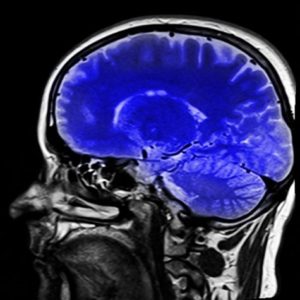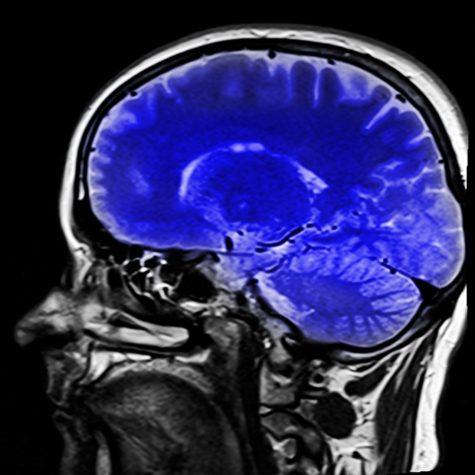ALBUQUERQUE, N.M. — There’s a stimulating idea generating a lot of buzz at the famed Sandia National Laboratories.
Best known for its important role in the U.S. nuclear program, another branch of Sandia has been looking into the possibility that a relatively small and simple device could significantly improve brain function.

Called a “transcranial direct current stimulation” or tDCS device for short, the technology works by sending a small electrical charge through the skull to directly stimulate a particular area of the brain. Powered by only a 9-volt battery, a tDCS unit was shown by a recent Sandia National Laboratory study to have significant potential for improving working memory.
Researchers said tDCS could be used in a variety of situations where people need to train on a task faster and more efficiently.
“The idea for why brain stimulation might work when (traditional) training falls short is because you’re directly influencing brain plasticity in the regions that are relevant to working memory task performance,” says Mike Trumbo, a cognitive scientist at Sandia, in a press release. “If you’re improving connectivity in a brain region involved in working memory, then you should get transfer to other tasks to the extent that they rely on that same brain region.”
Despite tDCS having been studied off and on for over 100 years, it is still not yet known exactly how it functions. Right now, Sandia researchers think part of the mechanism is that it simply makes neurons more likely to fire. Laura Matzen, also a cognitive scientist with Sandia, says this theoretically speeds the formation of neural connections, resulting in faster learning.
While there are still many unknowns about the technology, there are already commercial tDCS units on the market. An Amazon search reveals a device being sold for only $140.
But is it safe? It seems most research points to yes, but a 2014 Wired article, Read This Before Zapping Your Brain, quoted some scientists who worry that home users are not accurately targeting the proper area. Another concerned scientist in the article suggested that tDCS should be treated with the same caution as surgical procedures.
Nonetheless, a 2016 study published in the journal Brain Stimulation, showed that use of the technology in a controlled manner has so far shown it to be non-harmful. In fact, the study found that conventional tDCS protocols in human trials “has not produced any reports of a Serious Adverse Effect or irreversible injury across over 33,200 sessions and 1000 subjects with repeated sessions.”’
Many other studies and trials have looked at the use of tDCS to treat issues such as anxiety and depression. And many of the reviews of tDCS devices on Amazon seemed to be from users seeking these type of therapeutic benefits.
Sandia’s recent study, however, was instead focused on performance. Involving 70 volunteers divided into six groups, the researchers experimented with combining tDCS with different types of working memory training.
In particular, the researchers looked into stimulating the left and right areas of the forehead that correspond with verbal reasoning (left) and spacial reasoning (right).
Most of the results were expected. For the most part, subjects improved at the tasks related to the area being stimulated, but not significantly at tasks associated with the area of the brain not receiving stimulation. However, Trumbo says one group had surprising results.
The study found that the verbal/right group improved with stimulation, despite verbal skills not being associated with the right hemisphere of the area being simulated.
Trumbo says this might be because the right part of that area, called the dorsolateral prefrontal cortex, is thought to be involved with strategy formation. If tDCS improves the connections of neurons, the researchers believe it could lead to an improved ability to use strategy on a variety of tasks.
“We did not explicitly collect data related to strategy use, so it is kind of an open question,” adds Trumbo. “I’d really like to do some follow-up work.”
The findings were published in Neuropsychologia earlier this year.
